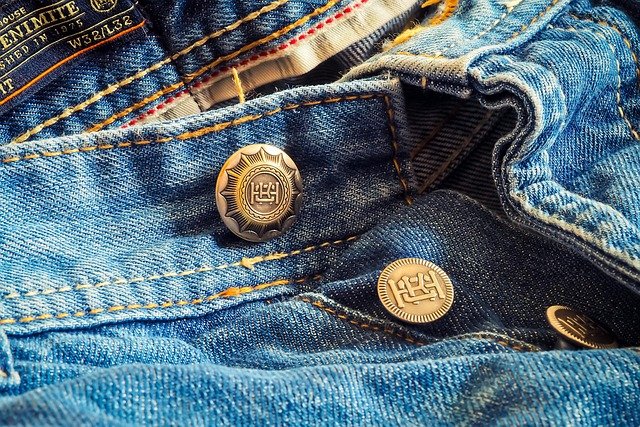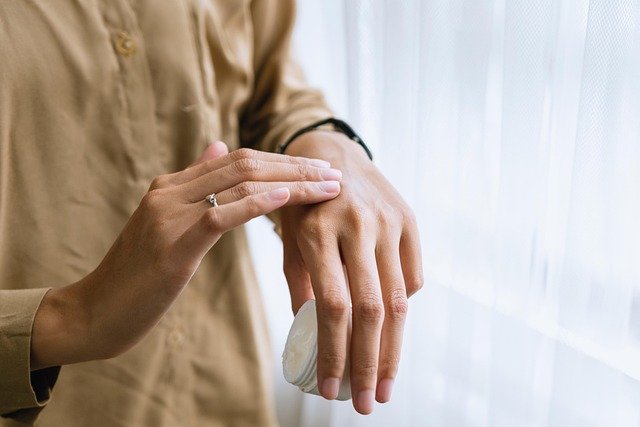Practical Guide to Jeans: Denim, Fit, and Style
Jeans are a widely worn type of pants originally made from sturdy denim fabric, and they now span casual and formal wardrobes across cultures. This article explains what jeans are, how denim differs from other materials, practical clothing considerations, how jeans fit into current fashion, and tips for choosing the right pair for various needs.

What are jeans?
Jeans are trousers constructed primarily from denim, characterized by a five-pocket design, reinforced stitching, and often rivets at stress points. Historically associated with workwear, jeans have evolved into a versatile clothing staple worn by many age groups and professions. Contemporary jeans are available in many cuts—straight, slim, tapered, bootcut—and are dyed or washed to create a range of colors and finishes.
Jeans combine durability with comfort: the twill weave of denim gives strength, while modern blends add stretch. Different rises (high, mid, low) and leg openings change how jeans sit on the body, influencing both fit and the overall silhouette. Understanding these basic elements helps when comparing styles or selecting jeans for different activities or dress codes.
How is denim made?
Denim is a woven fabric produced using a specific twill weave that typically has blue warp threads and white weft threads, creating its characteristic diagonal ribbing. Cotton is the core fiber used, though blends with elastane or polyester are common to enhance stretch, recovery, and wear resistance. Dyeing and finishing processes—such as indigo dyeing, stone washing, sanding, or rinsing—alter the fabric’s texture and appearance.
The manufacturing chain for denim includes spinning, dyeing, weaving, cutting, and finishing. Each step affects the final clothing item’s look and environmental footprint. Sustainable denim initiatives focus on water-saving dye methods and recycled fibers; consumers often evaluate these attributes when choosing a pair of jeans.
Jeans as everyday clothing
Jeans function well in everyday wardrobes because they balance practicality and aesthetic flexibility. For many, a mid-rise straight or slim leg pair is a dependable option for daily wear: they work for casual settings and can be dressed up with the right top and shoes for business-casual environments. Fabric weight and stretch determine comfort—lighter denim suits warmer weather, while heavier denim offers more structure and durability.
Caring properly for jeans extends their life: washing inside-out, using cold water, and avoiding frequent drying preserve color and shape. Repairing small tears or replacing buttons and zippers can keep jeans wearable for years, making them both a sustainable and cost-effective element of clothing rotation.
Jeans in fashion cycles
Jeans regularly shift through fashion cycles, influenced by designers, celebrities, and streetwear culture. Trends have ranged from wide-leg and flared silhouettes to ultra-slim and tapered fits; finishes like distressed, raw, or coated denims also come in and out of favor. Despite these shifts, certain styles remain perennial because of their adaptability across outfits and seasons.
Fashion professionals often treat jeans as a canvas: tailoring hems, adding alterations, or pairing atypical fabrics to create looks that reflect current tastes. Understanding how trends alter proportions and finishes helps consumers make choices that align with their personal style while remaining mindful of longevity and resale value.
Choosing pants: fit and styling tips
Selecting the right jeans boils down to fit, fabric, and intended use. Measure waist and inseam accurately, consider the rise for comfort, and try different leg cuts to see which complements your body shape. For flexibility, a pair of stretch-denim pants offers mobility, while rigid denim may soften and conform over time, developing a unique patina.
Styling tips include balancing proportions—pairing slim jeans with looser tops or wide-leg jeans with fitted shirts—and selecting footwear that matches the leg opening. For professional contexts, choose darker washes with minimal distressing. Keep care instructions in mind: some denim benefits from limited washes to retain color and reduce shrinkage.
Conclusion
Jeans remain a foundational clothing item because of their mix of practicality, durability, and adaptability within fashion. Whether you focus on fabric quality, ethical production, or the cut that flatters your shape, informed choices about denim and pant styles help build a versatile wardrobe. Understanding the materials, care practices, and styling principles makes selecting and maintaining jeans a clearer, more sustainable practice.






